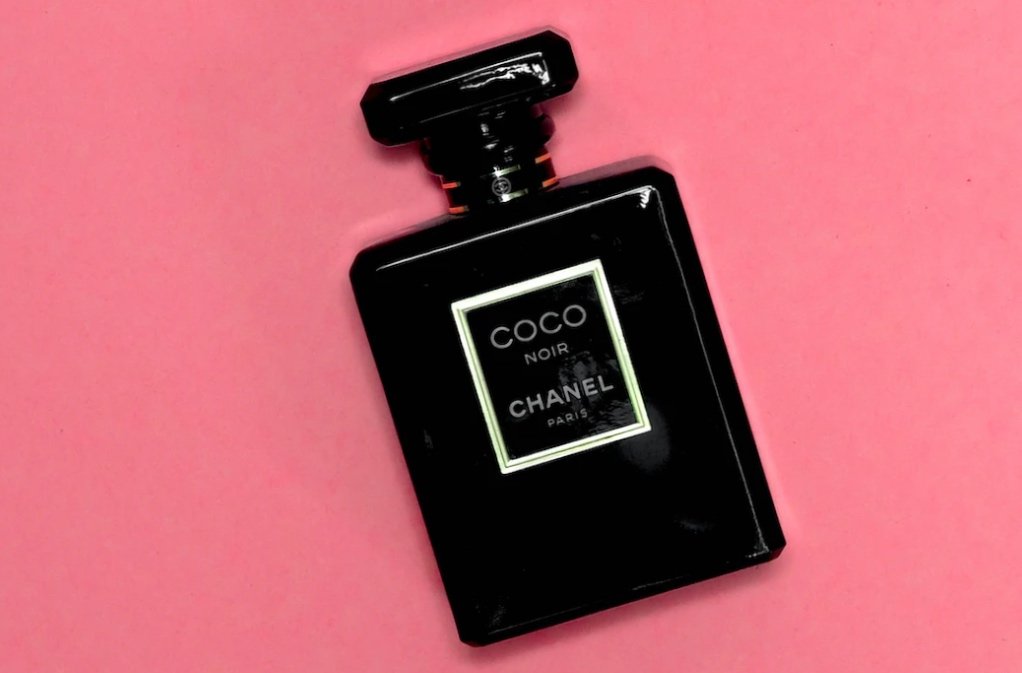3 writing tips for awesome (and un-boring) product descriptions
Image credit: Laura Chouette
Can I teach you to write better product descriptions in just three minutes? Yes. I believe I can. Here are three of my own fail-proof tips for product description writing, because once you’re two or three descriptions in…you’ll be feeling it 🫠
1) Don’t keyword stuff
I know, I know. You want your product to rank — hun, we all do. But keyword stuffing? That's unforgivable. It's also considered pretty bad practice, so let's not do that.
Instead, put yourself into the customer's shoes. What search terms would you use if you were looking for this product?
If you're stuck, you can switch your browser to 'private' and try out a couple of terms. What products come up? Are they similar products to yours or something completely irrelevant? Which related terms has Google suggested?
Pick two or three, with one primary keyword that you'll put in the meta title and meta description, then in pride of place in your product description.
2) Don’t list off generic ‘perfect for’ use cases
Ahhh, yes. ‘Perfect for’ is a product description go-to for times when inspo is low and you just need to get the damn thing done. Unfortunately, this tactic rarely paints an accurate picture in the customer’s mind. It’s so painfully cliché that it runs the risk of being totally forgettable. So let’s try something else.
Set the scene by describing a relatable scenario which features this product. The customer needs to be able to imagine themselves there. Flex those creative writing muscles, baby!
Focus on sensorial or emotive language — the scent, the fabrics, the nostalgia. People tend to buy based on how they imagine the product will make them feel. Use that to your advantage!
Need to use ‘perfect for’? Okay, let’s bash out a few playful bullet points instead. But let’s sex them up a little, eh? “Balmy nights cruising town with your bestie, blasting out tunes”, “Self-care nights in a bubble-frosted tub”, “Showing the boardroom who’s boss”. You get the picture.
3) Make it readable
Walls of text are rarely inviting. Let’s steer clear of that, shall we?
Chop your product description down so it looks easy to read. Once you have a layout you’re happy with, try to use it on every description so it’s easy for people to find what they need.
A good rule of thumb is to start with an enticing short paragraph that sets the scene or invites interest. Then include your product detail bullet points, and finish with a short paragraph or two about the product so you can use a few more keywords and give more colour.
How you feelin’, tiger? Raring to go, I hope. If not, give me a shout and let me handle the product descriptions for you; I must have written hundreds (literally) in my time🤘

